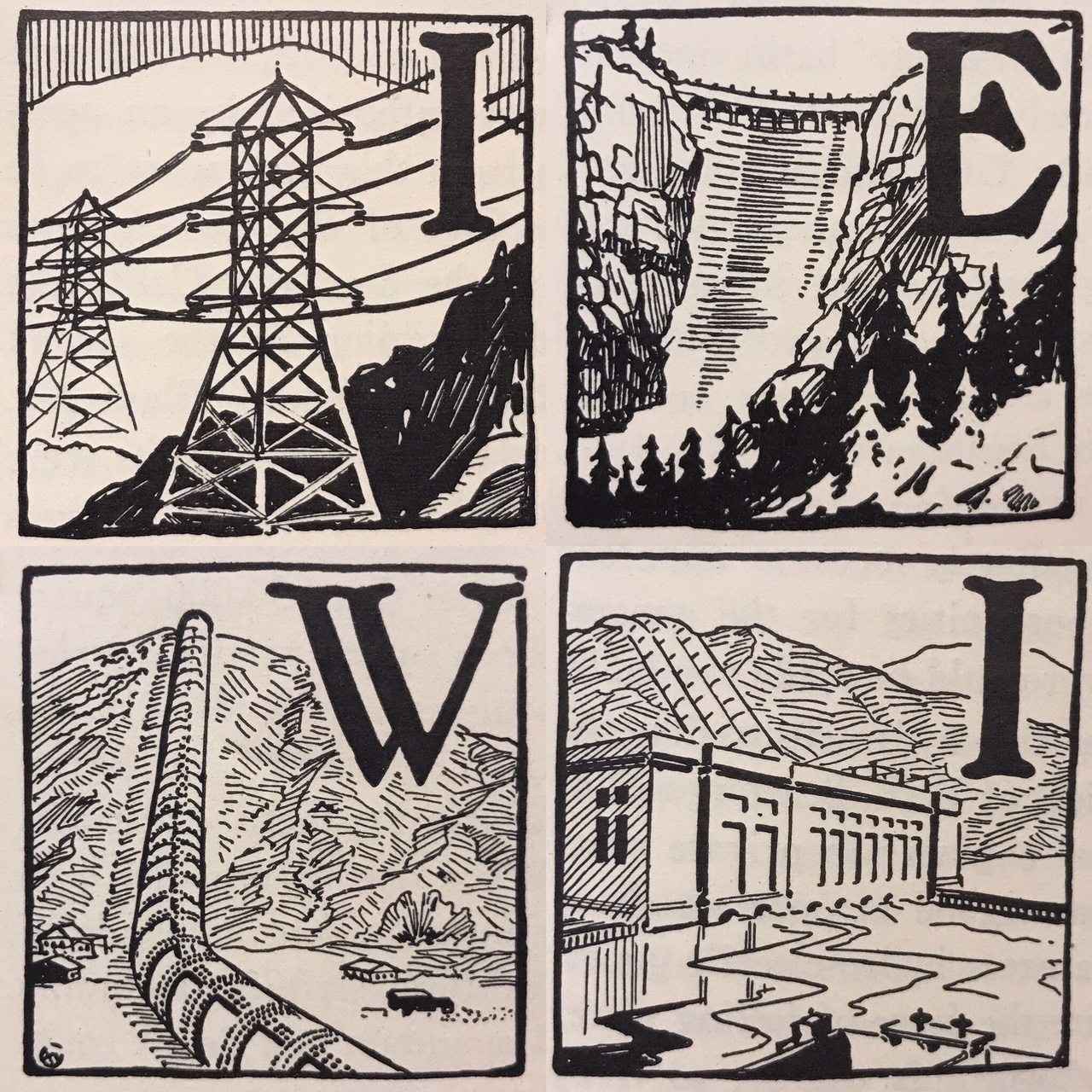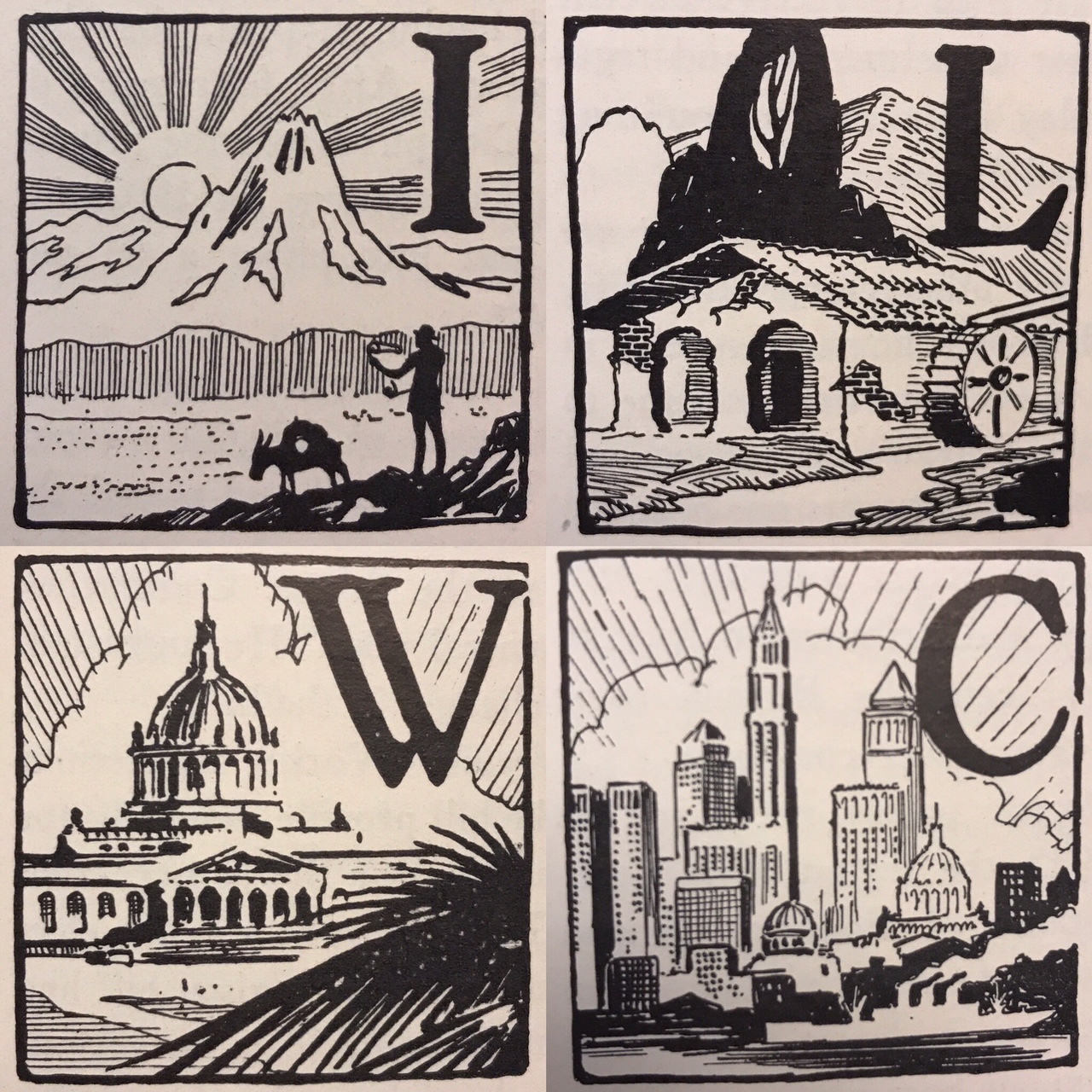This week I have been busy scanning documents as I settle
into my new position as a CLIR CCEPS Fellow. In particular, I have been scanning records
from the 1920s and 1930s. When you are working with documents that are 80 or 90
years old, the historical importance transcends the contents of the page. Whether
it is the paper quality, the ink, the typewriter impressions, or the
handwritten notes in the margins, there are more than words held within these
pages.
In particular, I have become transfixed by typography. Many
of the documents I am dealing with have unique and oftentimes artistic typography.
In some recently digitized pamphlets, the first letter of the first paragraph
is large and ornate, oddly reminiscent of the kinds of letters seen in old
bibles. The images below are just a few examples of the kinds of interesting
typography I have found in the process of scanning various documents.
Another typographical element of the documents that fascinates
me is the typewriter text. I have lived in an era of computers and printers.
Consequently, I have lived free of white out, crossed-out words, and
hand-corrected typos. These details,
when I come across them while perusing documents, give a sense of life to the
person who typed the words. There is a humanity and vulnerability seeing a
corrected mistake in someone’s work.
However, it is not just the typos within documents that remind
me that an individual or a group of individuals once worked with these same documents
many years ago. I often catch comments in the margins, aimless scribbles or
doodles on the backs of pages, or handwritten notes among the more formal
documents. Each handwritten addition adds personality to the creator of the
document and as I wait for the scanner to finish whirring or the file to save,
my mind wanders on the life this person lived 90 years ago.


Normal
0
false
false
false
EN-US
X-NONE
X-NONE
/* Style Definitions */
table.MsoNormalTable
{mso-style-name:”Table Normal”;
mso-tstyle-rowband-size:0;
mso-tstyle-colband-size:0;
mso-style-noshow:yes;
mso-style-priority:99;
mso-style-parent:””;
mso-padding-alt:0in 5.4pt 0in 5.4pt;
mso-para-margin-top:0in;
mso-para-margin-right:0in;
mso-para-margin-bottom:10.0pt;
mso-para-margin-left:0in;
line-height:115%;
mso-pagination:widow-orphan;
font-size:11.0pt;
font-family:”Calibri”,”sans-serif”;
mso-ascii-font-family:Calibri;
mso-ascii-theme-font:minor-latin;
mso-hansi-font-family:Calibri;
mso-hansi-theme-font:minor-latin;}